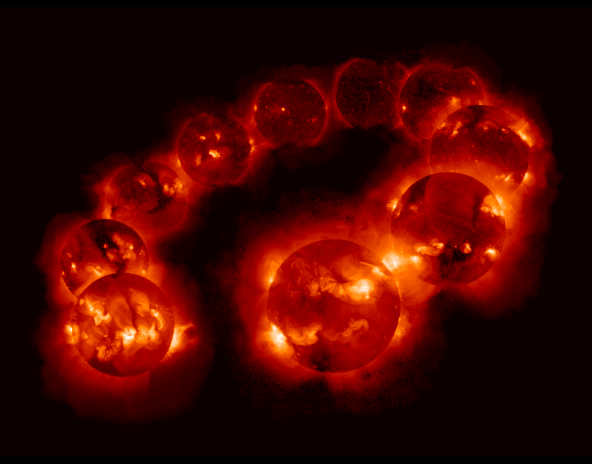► Japanese
"Yohkoh Legacy Data Archive" released

Yohkoh is the second Japanese solar observation satellite launched in 1991. Yohkoh was equipped with four types of instruments to perform high-precision observation of the solar atmosphere (corona) and high-energy phenomena such as solar-flare explosions during the solar maximum period.
In addition to the original DARTS Yohkoh archive, we recently released the "Yohkoh Legacy Data Archive (YLA)", which was prepared at the University of Montana. The purpose of YLA is to make the Yohkoh scientific data and materials easily available in plain formats for non-expert users.
After more than 10 years of operation in orbit, Yohkoh instruments were degraded, where malfunctions took place, and sensitivity was changed. To take account of these changes in the data analysis, expert knowledge of the satellite teams is needed. Even for the past data, contemporary software is needed, since the data analysis environment advances year by year. The data analysis system and software in the YLA have been updated accordingly. In addition to the raw data from the satellite, the YLA publishes the best-corrected data and the software at the time. Also, it contains high-level data products (flare catalogs, synoptic maps, etc.) and a wide variety of related documents. Although the University of Montana is still updating the YLA, a simplified (redacted) version as of 2019 is released from DARTS, excluding interactive processing, uncompleted catalogs, etc. Providing these Yohkoh data not only from the University of Montana but also from JAXA's DARTS, data loss is prevented and user-accessibility is improved.
(June 2020)





